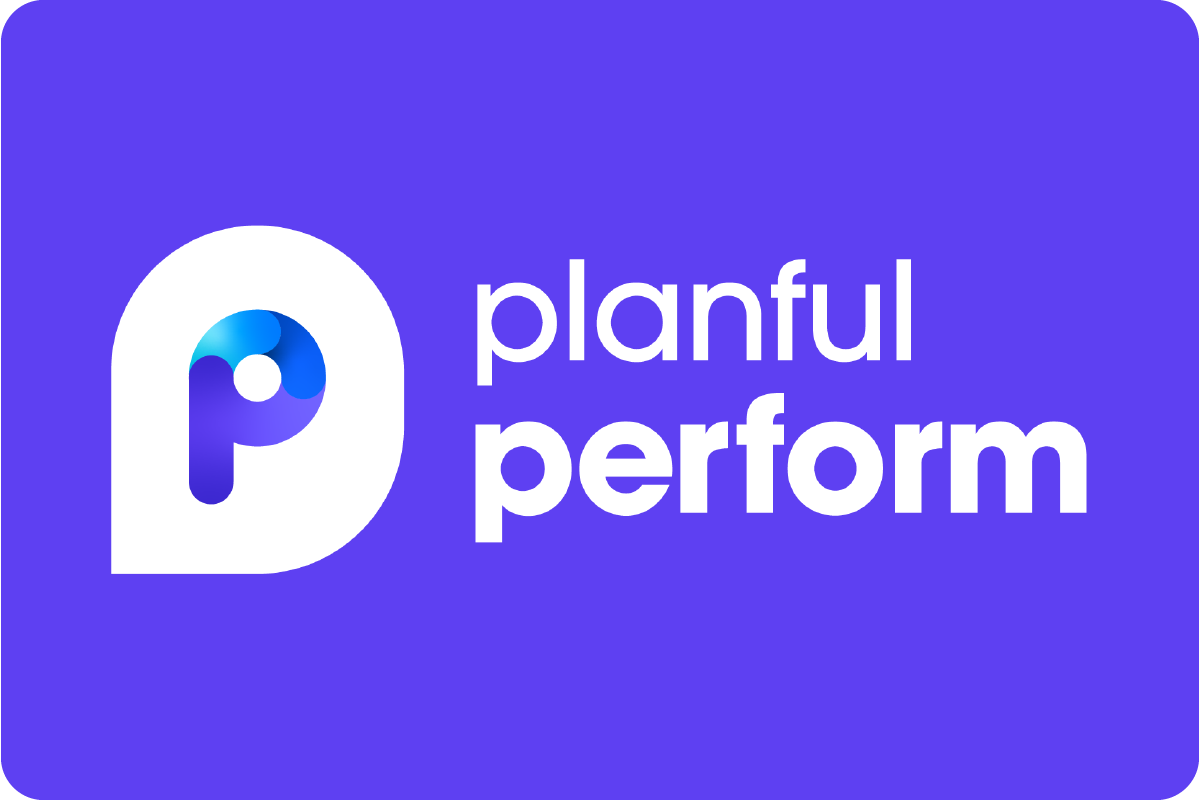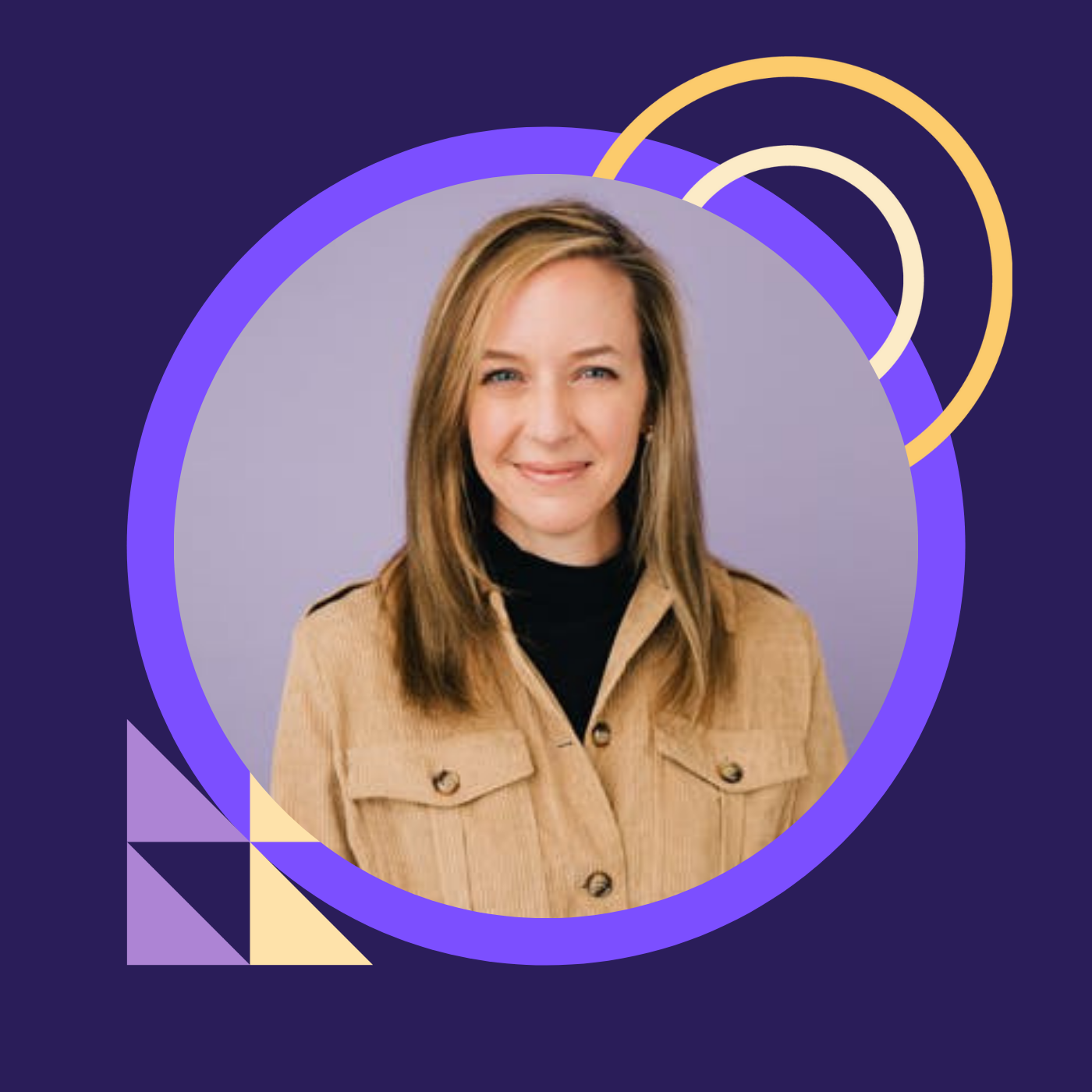Techcloudpro: Intelligent Automation of FP&A Processes with Planful and Zeitra AI | Jithesh Manoharan & Ajay Dhar
- 0.5
- 1
- 1.25
- 1.5
- 1.75
- 2
Cody Lonigro: ...stuff as I'm sure you could tell. We're still going to show you the video. You know the first 10 seconds really well now. My name's Cody Lonigro, I'm just the room host. Don't worry, you don't actually have to pay attention to what I say for very long. I just want to say we have some folks here from Techcloudpro to present to you today. So, thank you for coming into this session. And they're going to go ahead and go through a presentation here and we'll take some questions at the end, but thank you and enjoy. Take it away, guys.
Jithesh Manoharan: Thank you very much, Cody. I'm audible enough? Okay. So. Mr. Ajay Dhar is the chief product officer who is behind the brains, the solution architect, Bhavya inaudible, and myself, Jithesh. We are trying to present you three use cases here; in terms of how we can automate the entire AP, AR, and a little bit of landed cost. Looking at the timeframe, we won't go through the entire thing, but we want to present you a certain important use case; what we have done in the past, how we can automate the entire process. To start with the agenda, we will go through a little bit of company interaction; how the Planful integration with Techcloudpro can be done, like what tools to use. We'll showcase the video of Zietra- intelligent RPA platform; that is a tool which we are trying to present here; how we can do the structured unstructured data, and how we automate the process. This software actually brings you all the nice its and bits of pieces of AR, AP, landed cost, and anything you're looking for. And then we'll present automation in FP& A; how the landed cost and how we do the FP& A automation. The case studies, AP process automation, AR process automation, and little bit landed cost. And then we'll go with the question, answers if you have any. So who we are; we are the Techcloudpro company, part of Vibing World Group. We have around eight offices, global presence. We are recently gained the Planful partnership, not very old time back. We have around 150 consultants plus working, lot of techno- functional consultants around the globe. We have strategic partnership in each vertical. We call it cyber security, enterprise application, AI automation; these are things what we do as a company. Can we play the slide now, for that video, for a second? There's some issues with the audio going on, but let's play and see what this tool is about... To start, all the way to back. Take it there. There is some audio issues, but let's play. So basically we are trying to say like what this software does... Achieves superior performance, reduce cost. A lot of good, good stuff in the behind, which I can't narrate everything, so. Can you lower the light please? Intelligent trust automation, tool disease. It's a smart world, buddy. You cannot meet your HR processes. You can... Lot of data and unstructured data, which you have, we have a process where all your unstructured data can come to your template. If you're loading into any ERP system that is ultimately taken care of, the unstructured data would be converted structurally; you will have a template to follow. So you don't have to do that same human thing again, and again. Increases a lot of HR capacity, sales boosting... Overall eliminating costly errors; which reducing the timeframe, like as I go through the use case, I can give you how hours and hours of work is saved. Manual reputation work is saved. Your data is completely accurate, a lot of data driven insights we are providing. And there are a lot of custom ready to use bots, which you don't even have to do anything, you just press and play. And it's like completely removing your manual intervention. So thank you.
Audience: inaudible
Jithesh Manoharan: So another value added by our team is integration, automation and intelligence. You name it, your ERP or any kind of ERP. We are partners with almost many ERP for many years now. So anything you want, from Oracle, to SAP, to Microsoft, we do all. And we do a lot of integrations and automation in terms of like how we can do it in a better Way. There's a new Planful connector. What we have, it is connected with all your Oracle, NetSuite, Microsoft Dynamics, SAP, Sage. So we have done all the automation from everywhere, and giving that intelligence solution. So all your Excels, all your formulas, all those things can be automated when it comes to integration Again, a little bit more on Zietra's use case. So we do the ease of secure, inappropriate dashboard, very fully controlled dashboard. You have a good control. Compliance is already met, we have all software compliance, which is there to use for you guys. We are a lot of workflow process automation. Lot of things can be done through this software. And now I'll take you to the use case. I will. I'll just go through one month slide before we go to the use case. Again, as we had mentioned in the earlier one, we have lot of automation on manual and repetitive task, accuracy with manual intervention; make process smarter, faster, transform your data, which is kind of a very big pinpoint. Right now we have seen in the past there are so many data issues, which is coming to various companies. So this data actually helps you extract, transform, and load the data in a very structured format; so you don't have to put that much time. So if you're passing on your legacy system to the new system, it actually extract the data and directly puts the data. So all your Excel formulas can be driven inside your Zietra platform. Ajay Will take over from here for next couple of minutes. inaudible
Ajay Dhar: This on? Thank you. So I think most of you attended the keynote yesterday, and Grant made some very good observations about AI, right? Number one; he said we are not building fancy robots. This is how do we use software to augment human intelligence? How do we take out the manual repetitive processes and use computers and AI to help us? It's number one. Number two; he mentioned, which is very good, was previously we used to have a dependency on IT. Business groups had a dependency on IT to roll out applications. How do we avoid that? How do we make an application which is easy to use, and managed by the functional group, the finance group by itself. And so that's kind of our core philosophy as well. Zietra ensures that there's a very easy to use interface to create bots, manage bots... And we'll talk about actual use cases as it relates to finance, in more detail, in the next few minutes. But what you see here is a product which kind of shows you what it's like... For example, here, we have a few bots that are in play and... Sorry, I can't see here, so I look there. So if you go, so we already had some sample bots here. The bots can be... So there are somewhat of handlers for example, the way we have built our platform is twofold. One, there is core capabilities. You're about optical character recognition. You're talking about face recognition, you can talk about voice recognition. These are the core capabilities of the product, and then on top of that we build use cases. For example, Optidox is a optical character recognition... We're going to talk about the AP case in more detail, but we basically can take your bills or invoices and digitize them automatically. So, all those are kind of built on top of the core capabilities; and all these handlers can be used to set up a whole process. You can say... Hey, take this file from this system, move it to another system; and this is a URL, and then transform it and digitize it and send the output via email to somebody else. So, that's kind of an example of workflow that can create very easily with drag and drop functionality.
Jithesh Manoharan: Thanks. One of the most important feature with which we have used in use case here is automatic operation, where you bring in all your unstructured data and we convert them into this very simple drag and drop formula. You just drag one, you create, you upload the file, and you transform to the new system where you need to send it. So everything, unstructured data, also automatically follows the structured system if you use the platform. So can we go to the use case now? Are we... Looking at the time I think it's... So the first use case, which I wanna discuss, is how we have automated a beauty industry, a$ 500 million company. How we have done the process, first of all, let me tell you about the company. This company is having around 50 to 60 stores, self- managed or they have a franchisee stores. And they have a worldwide network, having a B2B business and B2C business. They had a vendor portal... Supplier portal, you can say, but which is not fully integrated. They had some issues; vendors from all over the world, they had almost 1800 vendors, and everybody was not sending them in a kind of a structured invoice and structured file. So a lot of problems where a lot of manual work were being handled. So we were told to create an automation program using our platform, how we can automate it. So first thing; their trade vendors, non trade vendors... Many of these vendors were there, and all of them were sending mails in a different format. So first we did the optical character reading of all those emails, we created an email making the source compliance, making sure all the emails are within the company. We created the OCR program, and then OCR completely read all those emails. And the emails make out exactly how many vendors, where the invoice are being sent. That invoice was captured directly and if it needs to go for some kind of approval for the certain vendor ship, based on the process, what they have issued for purchase order, that were sent and went to a certain bucket to make them automatically clear it all the way to the payment. So there were bills on trade, or non trade bills. They had 1500 line items and 1600 line items, which will get in one single... One single line item for shipping costs, these things. So, how were they managing? Was a very difficult phase for them to have three hours and four hours doing the manual, sitting and writing those invoices to convert. So entire structure was automated using this, our platform.
Bharva K: So basically what we have done is we have differentiated the vendors as non trade vendors and trade vendors, and vendors used to send us invoices to the AP team email boxes. So we used to read all those emails, and used to capture that. For example, if we take their use cases, for a FedEx bill, they have like 1500 lines in one invoice. And it is very difficult for the AP team to go there and enter in their ERP system, and it'll usually take them like a day or two days. So what we have done is we have, with the help of Zietra, we have automated the OCR program, where they can go to the specific email boxes and read all the emails and create bills in the NetSuite, or in any ERP system. So once the bills are created in the ERP system, we have automated the whole process depending on the business use case; like how you want to have your three- way matching process or two- way matching process, or if you have any approval rules. We have set up all those rules inside the ERP system, and we have also accounted based upon as per the inaudible accounts.
Jithesh Manoharan: So that was one of the use cases, which we have automated AP process. Look at the time, so, shall we move into the AR use cases? So this was another same company, which we had manual credit on AR set. They had manual credit rules; holds based upon each customer order type, special order, non order, drop ship against same company use case. There were a lot of days over to your logic at the company level, instead of customer specific setting, AR teams send reminders manually for payments of invoices. Teams and invoice manual to customer as ask for generator statements. So, go ahead.
Bharva K: And here we have created a smart funding process where, depending on the business criteria and rules we have given them, where user can go and create customized templates by themselves. There no need to have any developer or the administrator, so they can easily go their drag and drop and they can create their own custom templates. And they can also apply the rules, like how the reminders to be sent for the invoices to be paid, and everything is automated. Also, for the credit rules and holes, what we have done is... Usually in any product it is at the company level, so what we have built is we got several issues customers want to have; credit rules, and hold at each customer level instead of the organization level. So what we have done is we have built a logic at the back end where user can go on customer record where they can have all the rules, they can add all the rules. And depending on the rules they add, when they're doing the order entry, that will trigger and you know, it will hold that customer credit rules...
Jithesh Manoharan: Since we have a very last time here... The other kind of important thing. What we have seen here is a landed cost process where companies are not able to identify what is the actual landed cost of the product. So there are two ways which we have done the automation in this place. One is we have created buckets and, giving that they have put certain buckets and cost center based on that. But what we have done is we have given them an ability to see what exactly the landed cost going to be. How they are going to see what is the actual freighted cost? What is the insurance cost? What are the costs which is actual to the company? How can we come closer to that? So we have developed like special APIs with, based on your fried company or insurance company, to predict what exactly is going to be my cost rather than waiting for three months or four months to get that bills delivered to us. We have gone and created the endpoint APIs to get you the prediction of... This is going to be your freight cost based on the size, and weights, and based on your history of purchases. We have created certain mathematical calculation, lot of AI features have been added here to give you the near approximate cost. When you book the real cost, then you will come to the almost... You'll get the variance very less than what you are doing in the FP, a budget for your transportation or your insurance, or any kind of buckets you're keeping. We'll get that variance very closer.
Bharva K: To integrate with Planful... In Planful we are doing all our budgeting process, but whenever... For example, if you take in any ERP we'll be, whenever we are receiving the products into the system, the actuals would be completely different from the budget, what we have accounted for, for various cost buckets, for freight or insurance or duty. So what we have done is whenever we are receiving products into the system at each received level, we have created special program where they will go out and fetch all the data depending as of that day. So, when we get all that information, we are trying to eliminate most of the variances, what we have budgeted, and what are the actual cost?
Jithesh Manoharan: inaudible The solution here, real time integration with this can be real time integrated with your current vendor platform; if you have any supplier system, if you have any. So a location of shipping across the cost system, as I earlier mentioned, automated reconciliation between actual cost and budgeted cost, stacked static procedure using a storage data to calculate cost, and percentages of expenditure and rights and other charges.
Bharva K: So here we created two different types of logic; so one is getting real time integration calls and calculating all the costs for our expenses, and trying to input in our product material costs. Instead of doing all the weighted average cost for all the items in that receipt, what we have done is depending upon the shipment, depending upon the packaging size of the item, we have built logic at the back and so it will allocate only that particular associated cost for each product. So when we look at our average cost of the product, that will be near to the actual, and not only that is the more API kind of thing, but there would be some other use cases where you want to do static calculation you, depending on your previous data, you'll be calculating some percentage fact that were to be inputted. So, we have also created program at the back end. We have given a user login where user can go there and they can, for each type of product category, for each type of the attribute, for the landed cost attributes, they can go there and input that percentages and system will do the calculations as per the user needs. So we have done both this static way and also the dynamic way, how the landed cost to be calculated. So here, the thing is like, once all calculations is being done in the ERP, we want to integrate with the platform and get what is the actual budgeted cost; and if there are any variances and to record, all those variances, and we have also turned the re automated reconciliation process at the back end to make sure. For example, there are so many use cases where, after once we receive the shipment, after two or three months, we will be receiving the invoices or receiving the shipment bills from the vendor. So at that time, it is very difficult for the normal AP person to go back to reconcile what is the purchase order against that shipment. So that is very hard process, what the AP time is facing. So what we have done is we have also done the automated reconciliation process... Even though the month end is closed, for that particular shipment, we have done automatic reconciliation at the back end, where they can look at the receipt and they can match to that particular purchase order. So the variances at the year end will be very close, and also they have all the detail information for their auditing purposes. For example, if they're any Sox company, they want to know this shipment is for which purchase order how much is accounting for. So we have done all the reconciliation, and also we have created smart dashboards in the reports. So user can go there and they can just do one click on that, and they can go back and drill down and look at this is a shipment, which is associated to these purchase orders, and how much it has been accounted for the inaudible. So we have done all the reporting and also the smart dashboards.
Ajay Dhar: So I think this was just a sampling of the use cases. We just wanted to showcase a few use cases that are relevant to finance... Perform... So the platform supports a lot more use cases. If you want to see a full fledged demo, please do contact us at either at the headshot booth, or we can schedule time later after this event as well, right? inaudible with the explosion in SA services, you have inaudible HR systems, right? How do you seamlessly interconnect all these applications together right. And make the work right. And then inaudible Now we'd like to open for any questions.
Jithesh Manoharan: Well, that's the good news, no questions, right? Yes?
Audience: inaudible
Bharva K: Can you repeat your question please? Thank you.
Audience: So recently I was doing a cash basis forecast, and the accounting team didn't have departments broken out by the cash out the door, they only had by AP. So we had to build an integration where we took the journal entries, and maybe like the memo description or something, and kind of lined everything up or purchase order. And so, we were trying to basically forecast out what the cash out the door was at the vendor level. And so we had to reallocate that based upon that purchase order slash invoice. And so I'm wondering if there's a way in the system to, basically, have it look up back to the purchase order on the AP, and then allocate those cash amounts to say like a P& L account, but at the cash basis level.
Bharva K: Yes, we have automated that. Whenever we are doing allocations, so at the purchase order level or at the inaudible level. Wherever the inaudible is posting at each product line, level wise, we have reallocated for the department or product class. So whatever the attributes we want to map it, yes, we can do that. We can reallocate it.
Audience: Thank you.
Jithesh Manoharan: Any other questions? Thank you. Thank you so much, everyone for coming on the call. Thank you. Appreciate.
DESCRIPTION
From finance and supply chain to manufacturing and AR/AP, the omnichannel processes underpinning your business are decidedly complex. Yet you can successfully automated them, if you avoid the common traps. Join Techcloudpro’s Jithesh Manoharan, CEO, and Ajay Dhar, CPO, to learn how businesses are using automation and AI to streamline, simplify, and optimize business processes for improved efficiency and productivity. They will share avoidable pitfalls when implementing automation and dive into customer case studies showing how automation was successfully integrated for an end-to-end, omnichannel digital transformation.








